CHICAGO — Not many National Parks are accessible by inexpensive, convenient public transit. In fact, there are fewer than 20. The Pullman National Monument, on Chicago’s far south side, is one of them.
The Pullman Monument, designated as such in 2015, marks the site of the historic Pullman community that was the country’s first model industrial town. It was here where the famous “palace” sleeper cars that revolutionized cross-country rail transportation were built.
As part of its 100th anniversary, the National Parks Conservation Association has joined with the National Park Service, the Historic Pullman Foundation, and Metra to promote further conservation and development of the historic district, as well as making it a visitor destination.
They groups are encouraging people to take the commuter rail line to Pullman. More than 10 Metra Electric trains make the 36-minute trip from downtown Millennium Station to the 111th Street/Pullman stop each day. Walking tours of the historic district are provided by Park Service guides.
At an event kicking off the promotion last Friday, Metra CEO/Executive Director Jim Derwinski explains that as a key part of the project, the 111th Street/Pullman station dating back to 1872, is being restored by Metra.
As part of Friday’s event, Metra ran a diesel-powered train on the Metra Electric line, using its Rock Island heritage locomotive named for former CEO Don Orseno. That allowed it to bring visitors to the Pullman site using three of its bilevel gallery commuter coaches built in Pullman by Pullman Standard — two built for the Chicago & North Western in 1956 and another manufactured for CN&NW in 1970. Those cars were sold off by Metra but eventually reacquired from Virginia Railway Express and Maryland’s MARC.
More than $100 million in public and private investments have been made in the Pullman Monument by the city of Chicago, the state of Illinois, and Metra, says Lynn McClure, senior director of regional operations for the conservation association, which hosted the event.
“We hope to get together designers, planners, engineers, and many people in the community to work together and come up with a blueprint to make Pullman into a dynamic community,” McClure says.
Kathy Schneider, the first permanent superintendent of the Pullman Monument, says the Park Service is planning for a 2020 reopening of the iconic Clock Tower building, which was extensively damaged by a 1998 fire, as a tourist site, as well as the historic Hotel Florence.
Industrialist George Pullman envisioned a planned community where workers at his company would have modest but well-built homes — with amenities like indoor plumbing — schools, shopping, and a park all along beautifully landscaped streets. It was to be a self-contained utopia where “baneful influences” like saloons and brothels were prohibited.
But it also was to become the epicenter of the Pullman Strike of 1894, a seminal event in U.S. labor history. After the financial panic of 1893, Pullman cut workers’ salaries, but not their rent. Employees walked off the job and appealed to the American Railways Union for support. A nationwide boycott affecting any train that moved a Pullman car resulted. Violence occurred, including the worst on July 7 when federal troops fired into crowds, killing as many as 30 people. Six days after the strike ended, Congress passed legislation creating Labor Day.
Today, although the Pullman car works plant has long been closed, the neighborhood and its archetypal homes remain, occupied and as well-maintained as in any in Chicago. In fact, there’s been a rebirth, starting in 1969 when the state of Illinois declared it a landmark. In 1973, the Historic Pullman Foundation was formed to further the preservation efforts of the District. In 1991, the state purchased the Hotel Florence and Pullman factory buildings, establishing the Pullman State Historic Site.
The A. Philip Randolph Pullman Porter Museum was established there to promote and honor the legacy of the Brotherhood of Sleeping Car Porters and the legacy of the African-Americans who worked the cars as they traversed the country, and their contributions to America’s labor movement.
In February 2015, President Barack Obama designated the neighborhood — where he was once a community organizer — as a national monument.
Friday’s “Pullman by Train” event, which offered five departures from Metra’s Millennium station, sold out within 90 minutes of being announced to parks supporters and on Metra’s website. Capacity was extremely limited because of the small number of guides available to lead walking tours.





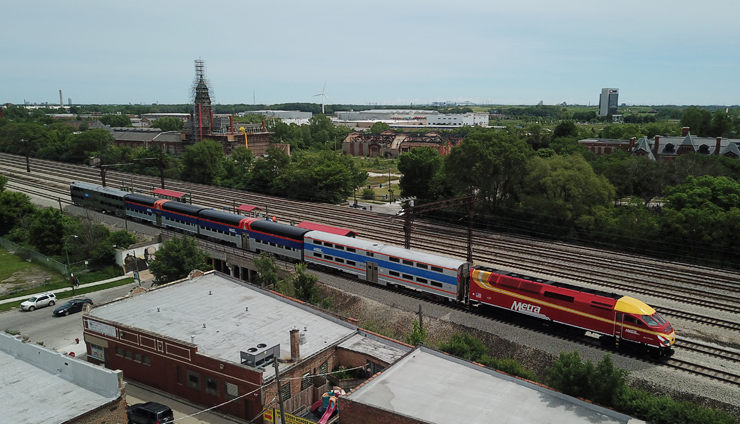
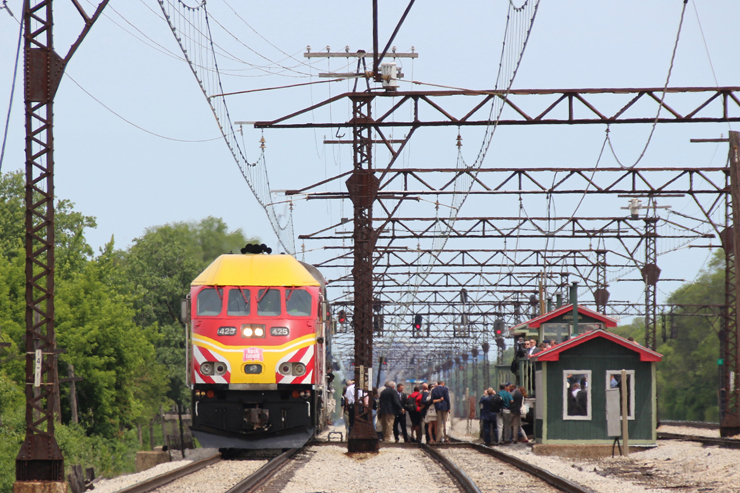
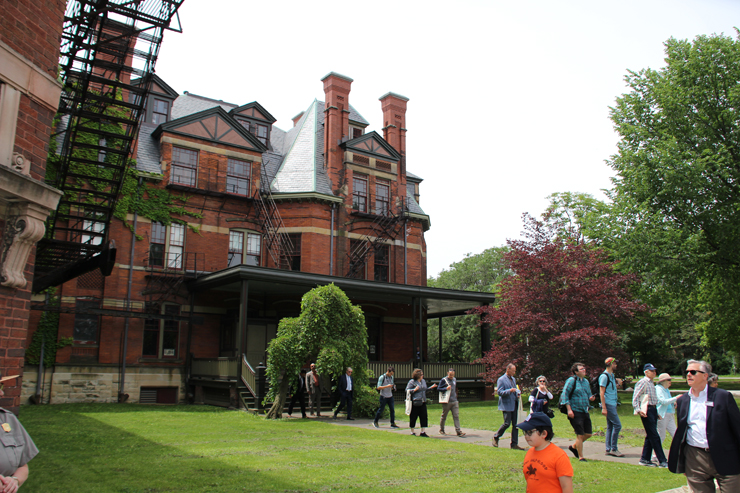
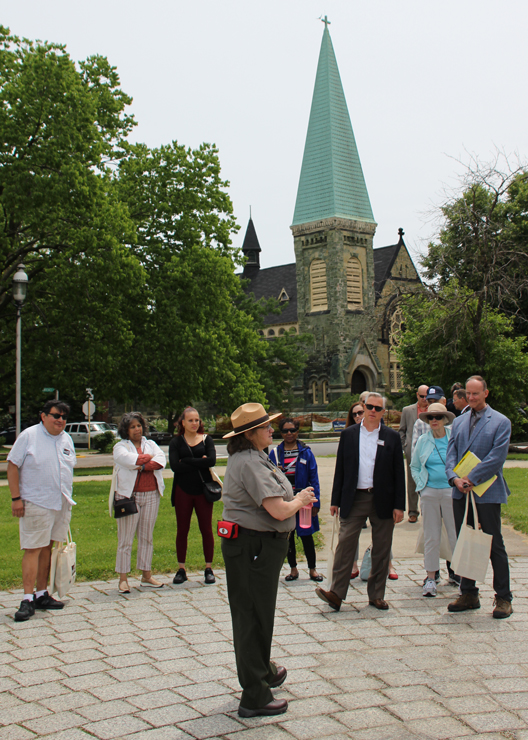

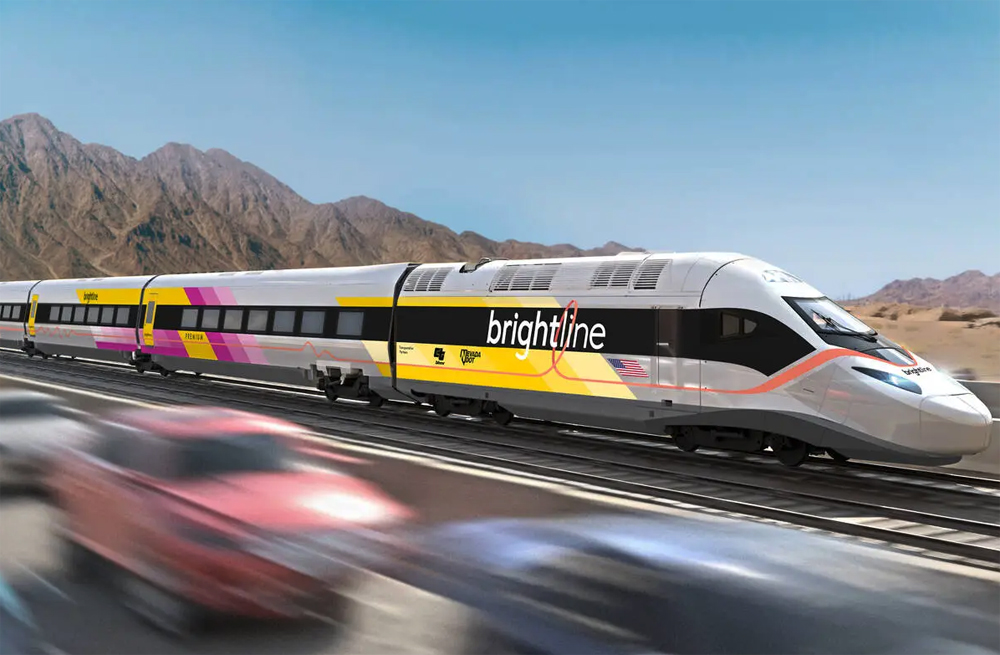
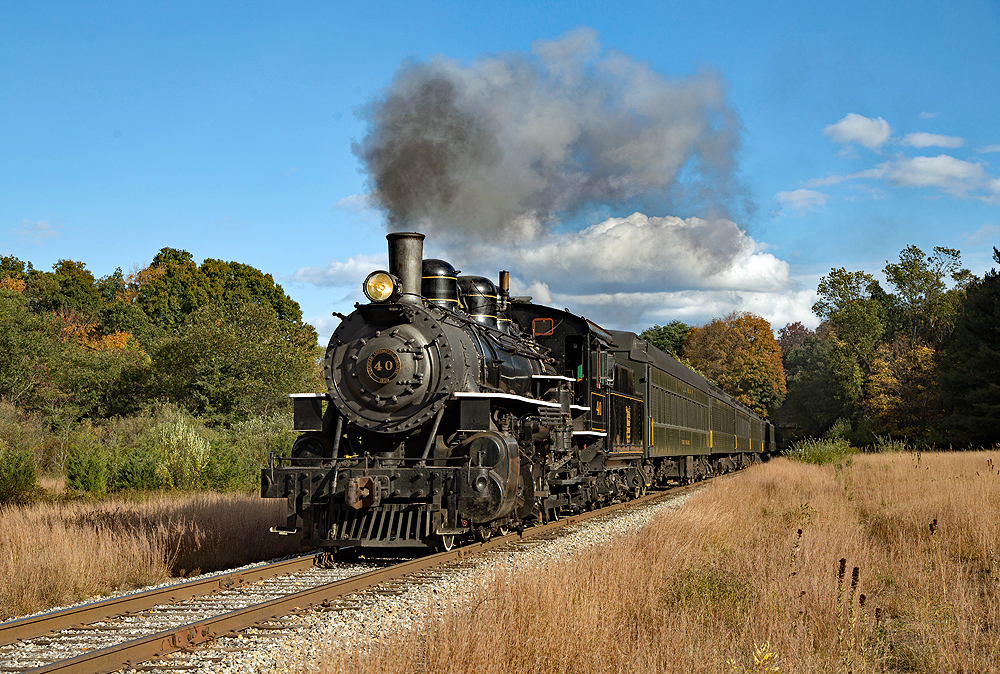
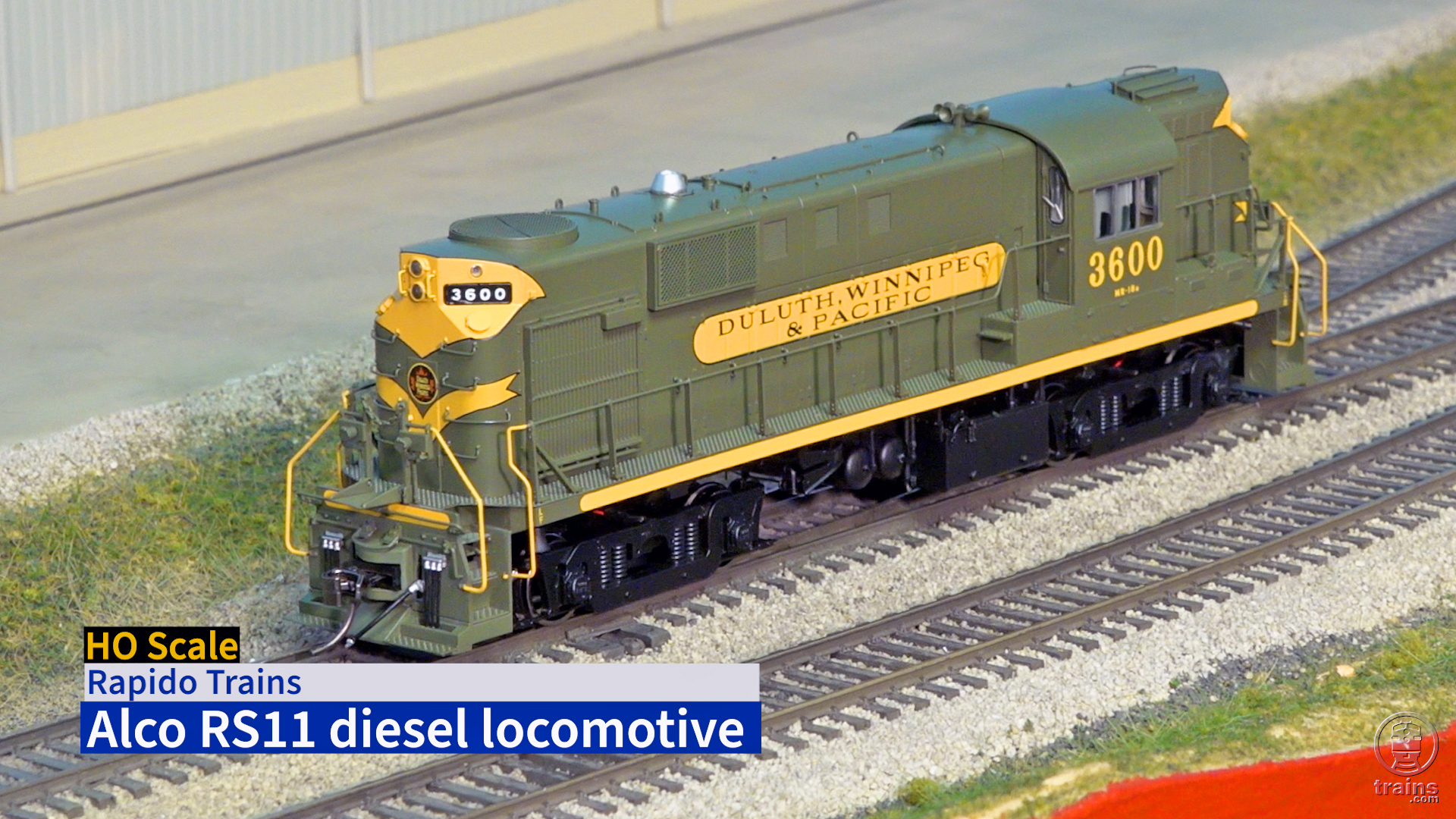
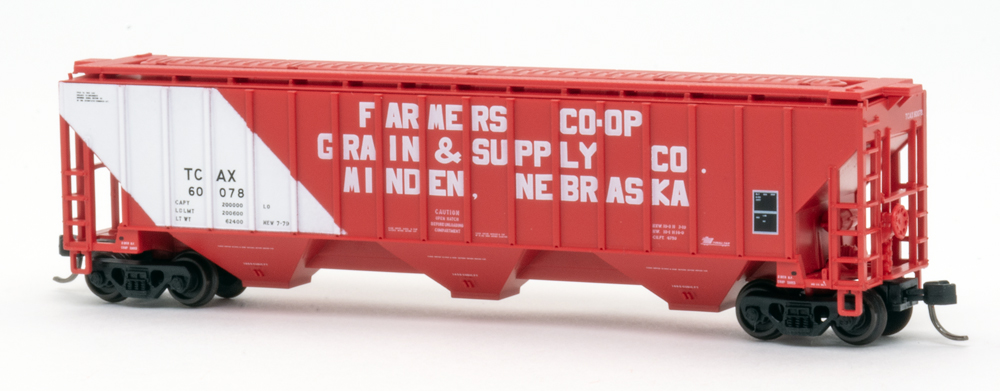




In 1982 a friend of mine took me to Pullman, Ill. A very stratified community. There was a Pullman United Methodist Church–but apparently no Coach United Methodist Church.
So my guess is that it would be best to wait until next year (2020) to visit when the clock tower building is complete and the Hotel Florence is reopened. Is that correct? Maybe this would make a good stop for a layover on my way out to visit the New Mexico/Colorado narrow gauge lines.
Most of the lightweight sleeping cars I rode (including one on my first train trip at 8 months old) were built at this plant. Pullman-Standard made the best styled passenger cars with clean smooth lines and gentle octave corrugation on stainless steel sides.
Southern Railway’s lightweight stainless steel Pullman car roster, consisting of cars built in 1949 and 1950, was exclusively Pullman-Standard. The last passenger cars Southern purchased new were six stainless steel coaches built by Pullman-Standard in 1958.
Why wait? The current tour is quite interesting and informative, and will just get better when restoration is complete, whenever that is.
The last Pullman plant standing is up on 103rd Street and is owned/used by the City of Chicago.
The last actual rail cars made there I believe was Amerail (Morrison Knudsen) in the early 1980’s.
A fine way to visit an important historical venue.